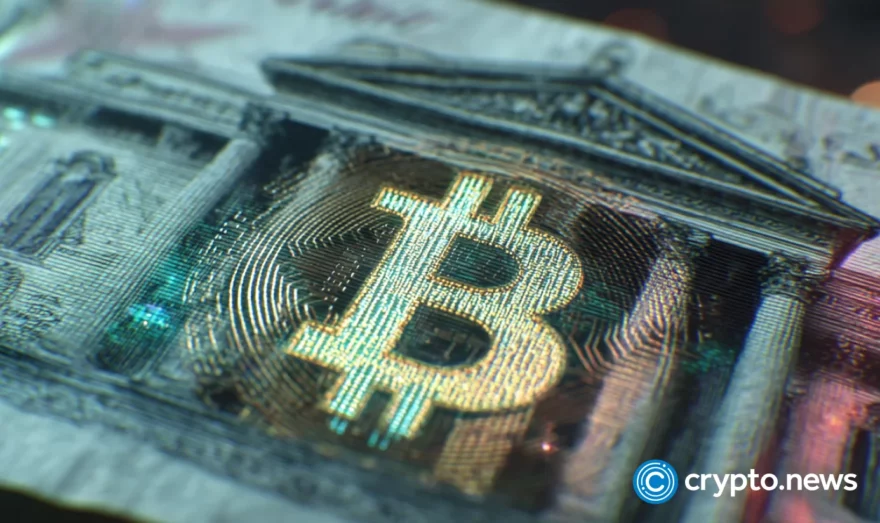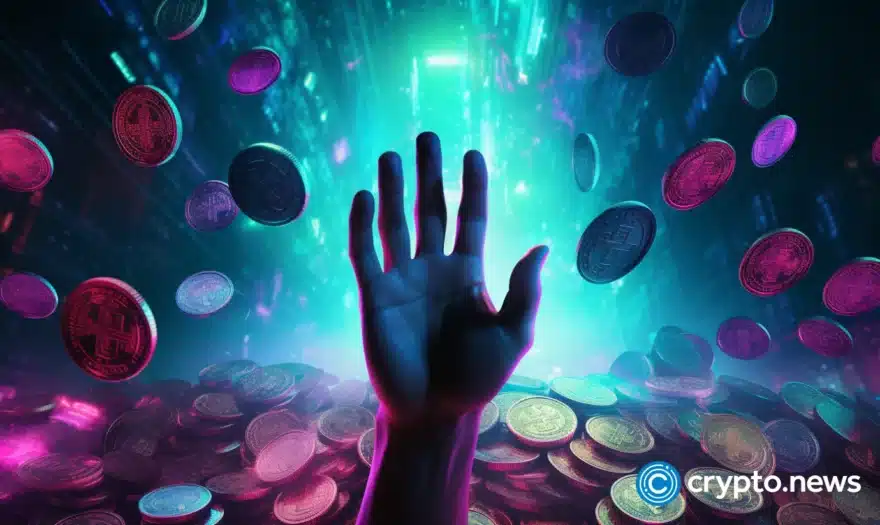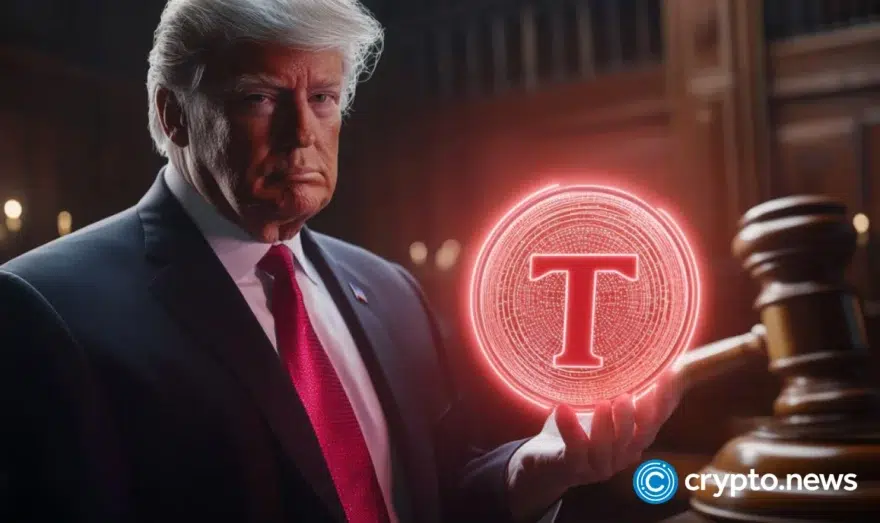Curve Finance and Its CRV Token

Curve Finance is one of the most widely used Decentralized Finance (DeFi) platforms that utilize an automated market maker (AMM) to build liquidity. It functions as a decentralized exchange (DEX); thus, its design uses an AMM to manage liquidity rather than order books common with centralized exchanges (CEXs).
An AMM is a protocol that manages exchange liquidity through smart contracts that facilitates the trading of digital assets in and out of liquidity pools. The liquidity pools are core technologies behind most DEXs and the DeFi sector. Liquidity pools power DeFi since it has to be sufficient (liquidity) to function similarly to the traditional finance sector.
However, liquidity is also a great hindrance to most DeFi projects. DeFi projects offer more services than some typical cryptocurrency ecosystems. They provide digitalized services like lending, swapping, P2E gaming, etc. Due to such a broad scope of services, some DeFi projects lack enough liquidity. However, some platforms like Curve and its competitors, UniSwap, PancakeSwap, and SushiSwap, have come up with the idea of using liquidity pools to create enough liquidity for their trading needs.
With liquidity pools comes a chance at liquidity mining. Here, users can lock their assets in the liquidity pools for rewards in return. These rewards differ according to the projects and the supported pools. Liquidity mining is only one method of earning passively in the DeFi sector. There are also other methods like staking, lotteries, and yield farming. Below is some information on Curve Finance, CRV token, and how to earn passively from its ecosystem.
Company Overview
Russian scientist Michael Egorov built Curve Finance in 2020, but its whitepaper was released in November 2019. Egorov has previous experience with several blockchain ventures and is a co-founder of NuCypher. He is also the founder of LoanCoin, a blockchain-powered and decentralized bank. LoanCoin also offers loan services, as depicted in its name.
Egorov has been studying cryptocurrencies since 2013 and came up with a liquid staking algorithm that now powers Curve. The algorithm helps construct deep markets for assets that trade at similar prices. Curve finance operates as a decentralized autonomous organization (DAO) that runs on the Ethereum network. It allows users to send money to and from anywhere in the world anonymously.
As governance tokens govern the majority of the DAOs, Curve DAO has a native CRV token that serves as both the utility and governance token on the ecosystem. The unique feature about this token is that it powers the Curve.fi protocol that allows for the swapping of stablecoins and ERC-20 standard tokens.
Unlike most of its competitors, Curve.fi has an exchange platform that operates on a different behavior by leveraging liquidity pools. Thus, the platform creates liquidity based on smart contracts rather than order books. Additionally, CRV holders can suggest and vote on changes that significantly reshape the Curve ecosystem.
Key Features of Curve.Fi
AMM
Curve finance cancels out the need for waiting on order books to have a similar take order for a sale to be processed. It uses the AMM smart contract that facilitates the automatic exchange of coins from a liquidity pool. As a result, almost every listed trade is viable in the exchange, and the speed of transaction is higher than the exchanges that rely on order books.
Liquidity Pools With Assets of the Same Behavior, Like Stablecoins and Wrapped Coins.
One of the best ways to earn passively from a DeFi protocol is liquidity mining. However, it becomes challenging at times as traders may be affected by impermanent loss (IL) if the prices of the coins offered vary sharply. As a result, the protocol must recalculate the rewards to do away with the IL after the locking cycle is complete.
Curve DAO has solved this issue by introducing liquidity pools that only support assets that vary simultaneously, like stablecoins. It also supports wrapped versions of crypto assets. This feature sets it apart from most of its competitors as no IL can be experienced in its liquidity mining process.
Decentralization
Curve DAO is a typical DAO with the support of the CRV tokens as its governance tokens. It allows users to vote and propose key changes within the ecosystem. Therefore, a user has a sense of ownership of the protocol and has a right to decide how they want their future to be like through voting.
Passive Earning
The crypto space is full of many risks that necessitate exploring ways of earning passively. Curve Finance allows its users to stake and mine liquidity. These options enable users’ holdings to gain value from the market changes and passively from the pools.
How Does Curve.FI Work?
Curve.FI has made a name for itself in the crypto space and the DeFi sector as it favors composability and stability over volatility and speculation. It functions similarly to other crypto DEXs in the DeFi sector like Uniswap by leveraging liquidity pools and the AMM smart contract.
However, it is different from its competitors in that it accommodates liquidity pools that have assets like stablecoins or wrapped versions of coins like wBTC and tBTC which behave similarly. This feature makes liquidity mining on the curve ecosystem simpler and less risky than its competitors as it does away with impermanent loss (IL).
IL happens when one of the two assets that have been pooled gains or losses value by a considerable margin compared to the other, and the pool has to rebalance them. It is common in many liquidity pools that support cryptocurrencies with different natures.
The platform’s AMM is optimized to work in a relatively simple way. It allows its users to trade digital assets permissionless between them and the liquidity pool rather than with other traders. The price of the assets traded via the AMM and the liquidity pool differ depending on the available liquidity and is calculated using a mathematical formula.
Every trade done on the AMM in Curve Finance is subject to fees. A part of the fees is set aside to pay the platform’s liquidity provider’s rewards.
CRV Token and How It Gains and Sustains Its Value
The CRV token has a total supply of around 3.3B coins. Being a utility token of the Curve.fi protocol and the ecosystem’s governance token, CRV has a real-life use that influences its supply and demand dynamics. As a result, it has an actual fetching mechanism and maintains its value.
It allows its holders to stake on Curve Finance DAO Locker, with no minimum entry requirement. It also sets itself apart from other staking protocols by enabling users to compound their rewards after a staking period is over.
Currently, the CRV token is trading at $2.21 and is number 81 on the coinmarketcap listing showing that it is one of the best cryptos in the world. The token can also be purchased through other exchange platforms like Coinbase, making it easily accessible to the crypto space.
Curve.FI Yield Farming and Staking
Curve Finance is one of the DeFi protocols taking the internet by storm. Its Yield Farming protocol is among the best that the market offers. Its rates are at times 100X higher than some of its competitors.
Its CRV token has been deflationary, making it even more popular. It has also gained attention due to its low fees of 0.004% and high liquidity. Like all other AMMs, it is mandatory to follow their procedure for a satisfying Yield Farming experience.
It also offers staking services using its CRV tokens. A user can lock their holdings for 1 week, 1 month, 6 months, 1 year, and 4 years. An investor should use this formula to calculate his APY on staking their CRV tokens.
Dailytradingvolume X 0.0002 X 365 / (total veCRV X CRV price) X 100
Curve has provided its users with its staking and liquidity provision. Additionally, it is good to note that it incentivizes passive earning on its platform. While some exchanges like Uniswap create larger returns for those who lock their liquidity from the collected fees, Curve allows for the eaning of rewards from the same holdings in multiple ways.
For instance, if DAI is lent out through the compound platform, it gets exchanged for the liquidity token cDAI. That process automatically accumulates interest for the holder. By holding cDAI, the user receives the right to withdraw DAI from Compound Plus Interest. The platform also allows its userbase to use cDAI in its liquidity pools. By using the cTokens in the liquidity pools, they gain a second layer of utility and potential earning from the same amount of investment.
By allowing users to get a second layer of utility for their cTokens, Curve depicts the composability benefits in the DeFi ecosystem, one of its trademark features. Curve also integrates with Yearn Finance and Synthetix to maximize incentives for its LPs.
Curve.Fi’s Stable Liquidity Pools
Curve has liquidity pools that constantly look for ways to maintain stability; therefore, they try to “buy low” and “sell high .”It minimizes impermanent loss where a liquidity provider suffers a loss in token value relative to the market value due to the volatility in the liquidity pool. However, IL is not always negative.
Volatility and slippage present opportunities in the trading cycles and users who enter or exit the liquidity pools can benefit if they time the markets properly. Through trading off the high risk, Curve attracts LPs due to DeFi composability. As a result, users can use what they have invested in the protocol to earn rewards elsewhere in the DeFi ecosystem.
Unlike some of its competitors, such as Balancer and Uniswap, Curve does not try to keep the pooled assets on a balanced ratio (1:1). This allows it to concentrate the liquidity to near the ideal price for similarly priced assets and thus is directed where it is needed the most. Thus Curve can achieve a much higher liquidity utilization than the other exchanges.
The similar asset approach of the exchange is not limited to stablecoins. Curve also explores the use of wrapped versions of coins like Bitcoin (BTC). Although the price of tokens like BTC varies compared to stablecoins, they still work in the Curve liquidity pools since the protocol does not have to sustain a stable value in the pools.
Is It Safe to Trade On Curve.Fi?
It is safe to trade or lock assets on the staking and liquidity pools of the Curve crypto DEX. It has security features to ensure that all of its funds are safe from cyber-attacks. It can compensate for any losses made from cyberattacks on its pools for the traders who added liquidity successfully. However, it is best to follow their security procedures and protocols of locking assets in the pools, as losses arising from such errors cannot be compensated.
Final Word
The DeFi sector has been growing fast since it began gaining significant traction in 2020. That year saw almost all of the most popular DeFi crypto DEXs arise. However, the sector is still young and fighting to maintain its course due to limited liquidity. Its liquidity issues arise since people want to acquire its services more than the platforms can handle.
The sector’s developers have come up with brilliant methods of creating liquidity like DEX aggregators and liquidity mining. In liquidity mining, users lock their assets in the platforms in return for rewards. It serves as a win for both the LP and the platform. However, it is good to be cautious about a few things when exploring passive earning methods like staking, yield farming, and liquidity mining.
Most of the available projects promise very high ROI but may result in huge losses. The ones that end up on such losses are primarily the scam traps made as clones of the original crypto DEXs. Therefore, a user should research how each crypto DEX works and master their URLs to notice discrepancies before locking assets.
Also, it is best to compare different platforms and pools of each platform as they mostly have significant differences in their profitability. Therefore, learn to DYOR before investing in any crypto project since they come with risks.















